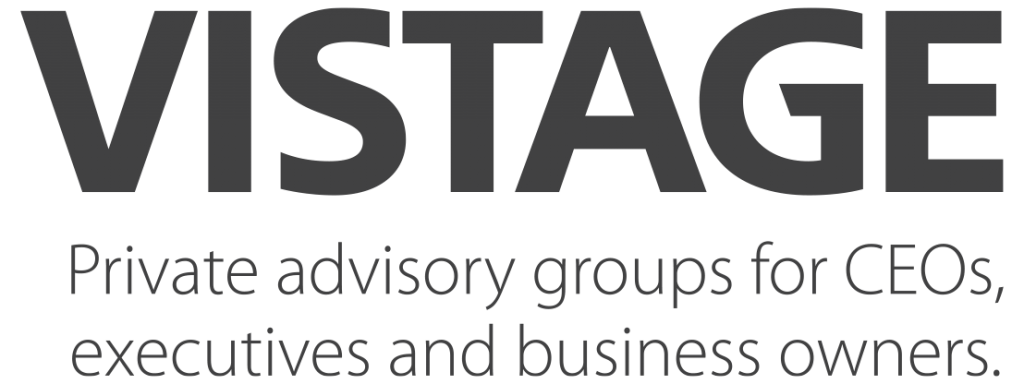
I often get asked for a checklist of business management improvement ideas. While the following list isn’t exhaustive, it is a good start for anyone who would like to audit their existing business situation:
- Develop a strategic plan every 5 years and support it with annual operating plans; Plan your work, work your plan
- Whenever possible, base important decisions on data or specific information, not just opinions or personal experience – facts matter
- Establish Key Performance Indicators (KPIs) that everyone in the organization can understand and then be actively transparent with the results
- Identify and regularly communicate your cultural values/expectations
- Institute financial forecasting as standard operating procedure; be proactive not reactive when it comes to profitability, cash flow and asset/debt management
- Foster a culture that breeds contingency planning (“What If” scenarios) and manage your resource decisions accordingly
- Use your operating budget as a “real time” management tool and flex your variable expense/investment decisions up or down to reflect the current reality
- Strive to understand the true cost of your products/services on a per unit basis; not every product/service is a winner and resources should be allocated carefully
- Identify and manage to clear and specific performance standards for each department/program and drill this information down to the individual employee level
- Capture internal best practices wherever possible and use this information to leverage existing talents and capabilities; actively avoid the “recreating the wheel” syndrome
- Hire for cultural fit as much as competence; fire anyone who degrades the culture
- Ensure every employee has a clear and concise job description that accurately reflects the requirements of the role and includes specific success metrics
- Create staffing plans and hours of operation based on true volume patterns (daily, weekly, and seasonally) not accepted norms; maximize staff and capacity utilization
- Cross train staff as widely as possible; expand employee competencies and ensure work redundancies
- Share staff across programs or departments based on actual resource needs rather than departmental budgeting or turf issues
- Make quality control an integral part of the product/service delivery process; Quality should be perceived as everyone’s job
- Centralize purchasing of supplies across all departments/programs; empower a key purchasing point person to manage these expenses
- Provide rewards (financial and non-financial) for individuals or teams who exceed performance targets or achieve “personal best” status
- Collect customer feedback data on a regular basis and use the information to improve product/service delivery and evaluate staff
- Collect employee feedback data on a semi-regular basis and use this information to guide managerial decision making and evaluate individual supervisor/manager performance
- Reward risk-taking wherever possible, as long as it is prudent to do so; push everyone to exceed their own comfort zone of responsibility
- Build a culture that learns from its mistakes rather than assigns blame – minimize excuses and finger-pointing
- Celebrate successes!
Related articles
- 10 Ways To Ensure Your Success As A Business Leader (capacity-building.com)
- A Few Basic Truths About Business (capacity-building.com)
- Fifteen Common Business Mistakes (capacity-building.com)
- How to set KPI’s for your staff (systems4business.wordpress.com)
- The “Magic Wands” in Your Business Part 3 (inxellence.wordpress.com)
- Top Tips for Improving Your Businesses Induction Process (smallbizbee.com)
- The association between non-financial key performance indicators and accounting and market-based performance, quality of earnings, and analysts’ forecasts (udini.proquest.com)
- How to Facilitate Key Performance Indicators (KPI) Using an Ishakawa Diagram (ie, Fishbone Analysis) (facilitativeleadership.wordpress.com)
- Influence Your Company Culture (For the Better) (inc.com)

